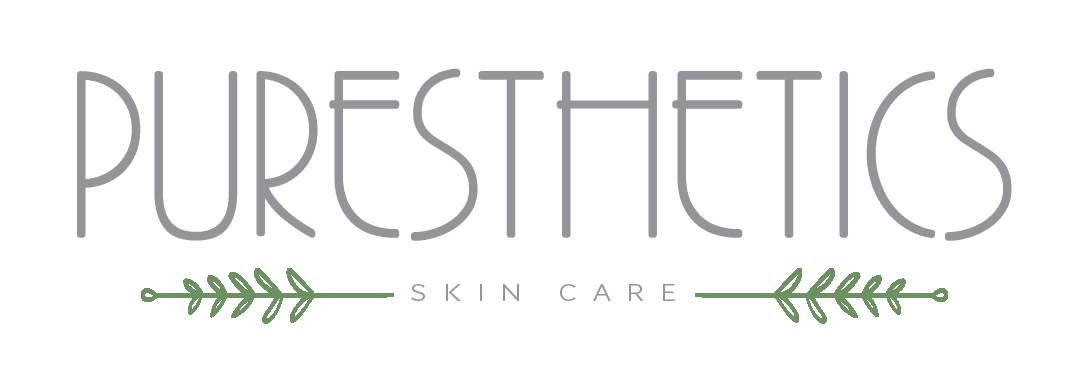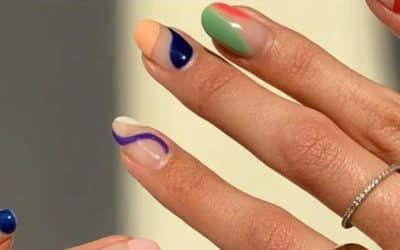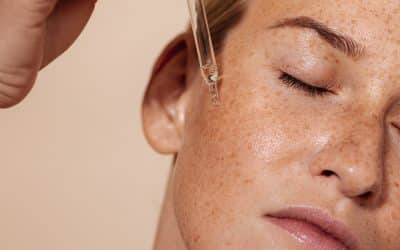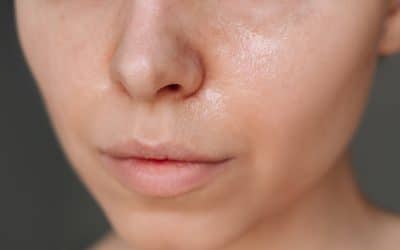

Rosacea: What You Need to Know
Have you been experiencing constant redness and acne in a pattern on your nose, cheeks, chin and forehead?
You may have an inflammatory condition called Rosacea.
What is Rosacea?
While this condition can not be cured completely, it can be controlled and minimized quite a bit. Diet, lifestyle and your skin care products you use at home will make all the difference.
Lets discuss this condition a little bit more.
Rosacea is characterized by intermittent flushing and persistent central facial redness. The erythema may be localized or be extensive on the cheeks, nose and forehead. Central facial edema, stinging and burning sensations, and roughness or scaling may also be found.
It may also produce small, red, pus-filled bumps. These signs and symptoms may flare up for weeks to months and then go away for a while.
Rosacea can be mistaken for acne, other skin problems or natural ruddiness.
Signs and symptoms of rosacea include:
Facial redness.
Rosacea usually causes a persistent redness in the central part of your face. Small blood vessels on your nose and cheeks often swell and become visible, with swollen, red bumps. Many people with rosacea also develop pimples on their face that resemble acne. These bumps sometimes contain pus. Your skin may feel hot and tender.
Eye problems.
Many people with rosacea also experience dry, irritated, swollen eyes and red, swollen eyelids. This is known as ocular rosacea. In some people, the eye symptoms precede the skin symptoms.
Enlarged nose. Over time, rosacea can thicken the skin on the nose, causing the nose to appear bulbous (rhinophyma). This occurs more often in men than in women.
Some factors can aggravate rosacea or make it worse by increasing blood flow to the surface of the skin; these include:
- extremes of temperature sunlight, humidity, or wind
- stress, anxiety, anger, embarrassment vigorous exercise
- hot baths or saunas some medications, such as corticosteroids and drugs for treating high blood pressure
- acute medical conditions, such as a cold, cough, or fever some chronic medical conditions – such as hypertension (high blood pressure)
The way I treat this condition in the office is by applying gentle chemical peels on a regular basis. This significantly reduces the inflammation and redness. I also use LED Light Therapy which penetrates to the cellular level, restructuring the cell and repairing damage, again, reducing inflammation and redness while speeding the healing process.
The products used at home are also super important in controlling Rosacea. I have found that Benzoyl Peroxide, Salicylic and Mandelic Acid work best for this condition. These serums kill bacteria and significantly help to heal pustules and inflamed follicles.
Here are the serums I recommend if you are dealing with this condition.
VERY IMPORTANT:
You can use a gel moisturizer to layer under and on top of the serums if you are experiencing any dryness.




